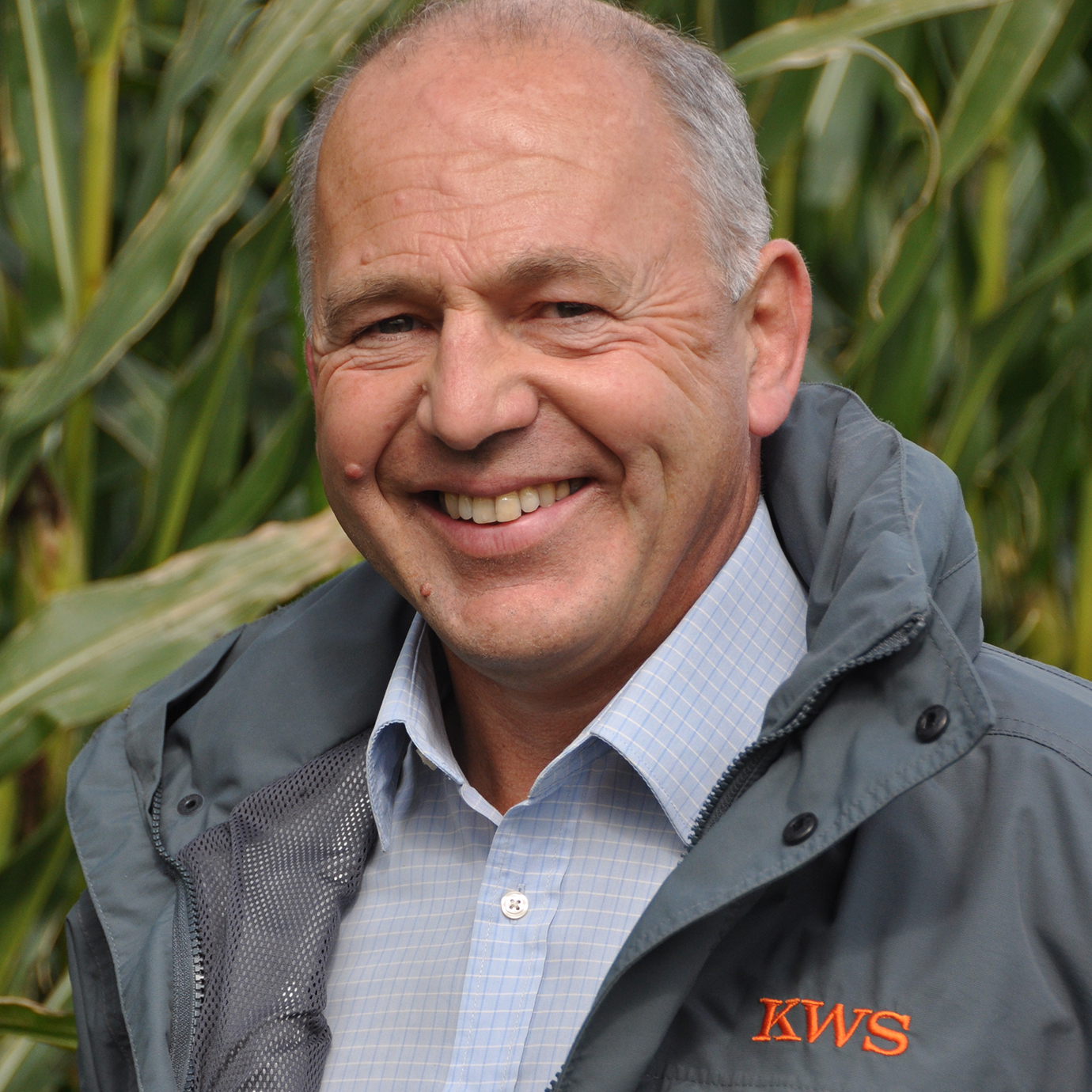March 2019
Two varieties from plant breeder, KWS, have been added to categories within the *BSPB forage maize and biogas maize descriptive list for 2019. Avitus KWS and Cito KWS have been included in the favourable sites descriptive list and in the less favourable sites section. Both have performed exceptionally well in trials and have gone on to achieve high yields and superb quality figures on farms, according to KWS maize product manager, John Burgess.
Mr Burgess says:
“Avitus KWS is a break-through early variety which has pushed the boundaries of maize breeding. It was selected for its unrivalled yield in its maturity section, producing 19-plus tonnes/ha in official trials, as well as having extremely robust starch and ME levels, compared with rival varieties. With an FAO of 160/170 and suitable for both forage and biogas production, Avitus KWS shows outstanding early vigour and requires a minimum number of heat units to reach harvest date, making it ideal for growers looking for an early cutting date.
“Meanwhile, Cito KWS has an FAO of 150, with an exceptionally high starch figure of 35% in trials. The variety has tremendous early vigour and strong yield performance in the ultra-early segment. Cito KWS has out-classed our previous top performers, Kaspian and Ramirez, in the maturity section and is a first-choice variety for dairy farms and for beef units.
“Our maize breeding programme is aimed specifically at farms in Northern Europe and we have made significant progress over the past few years. Growers now have access to varieties which will mature early, but without yield penalty that was previously associated with this trait. I would urge them to take advantage of the genetic advancement that has been achieved, and plant at least a percentage of one of the newer varieties for the forthcoming season.”
A NIAB crop specialist described the recently-added varieties as “good all-rounders, with high yield potential combined with good starch levels and early vigour.”
*BSPB - British Society of Plant Breeders



